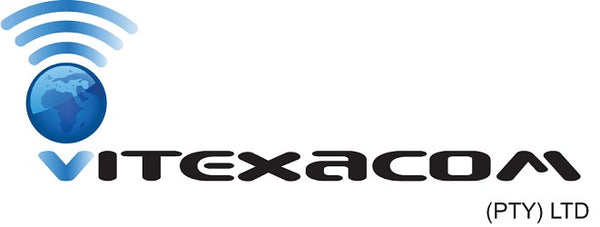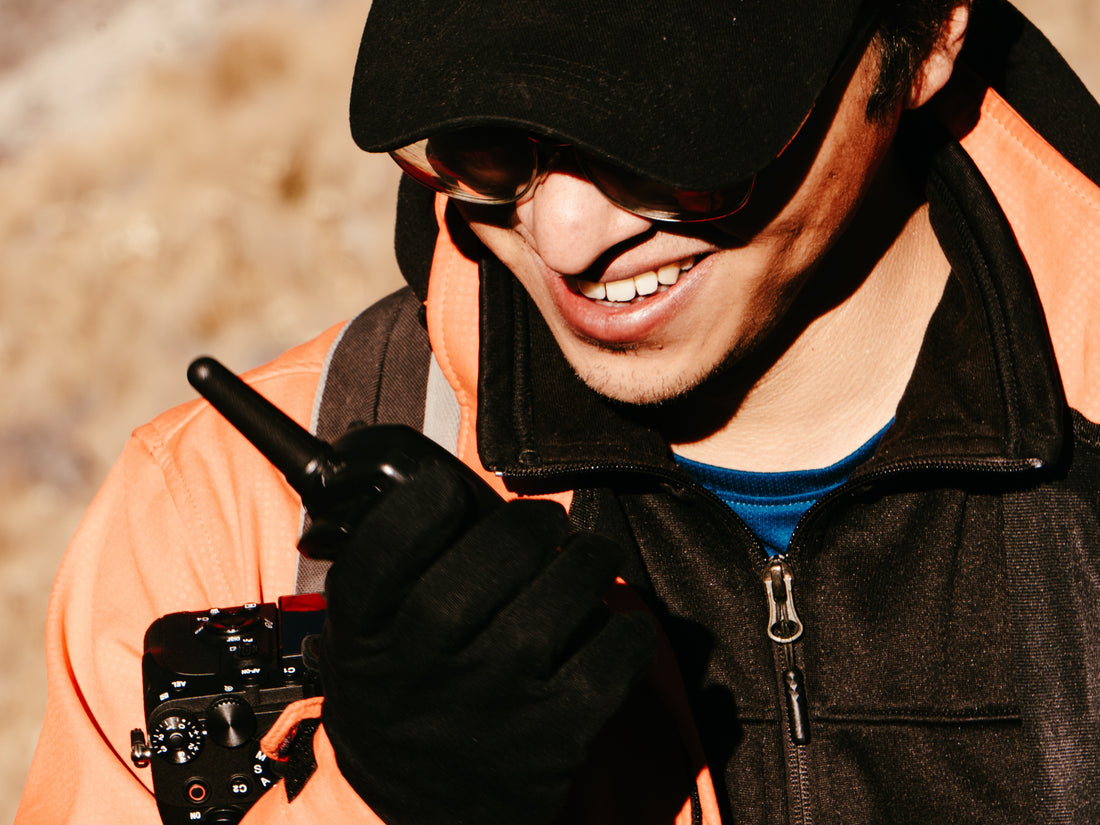Today, we dive into the world of communication technology and explore the differences between two prominent options - Push-to-Talk Communications (PTT) and Two-Way Radios. Whether you're a business owner, an outdoor enthusiast, or simply curious about modern communication tools, this blog post and video will help you make an informed choice. This content is brought to you by Vitexacom, your trusted online supplier of two-way radio equipment and accessories.
Push-to-Talk (PTT) Communications:
PTT, often referred to as "push-to-talk over cellular" or POC, utilizes mobile networks to establish instant connections between handheld devices. These devices offer advanced features similar to digital mobile radios (DMR) but operate over cellular networks, providing nationwide coverage.
Pros of PTT:
Nationwide Coverage: PTT radios excel in providing communication across vast geographical areas, making them ideal for businesses with a nationwide presence.
Ease of Use: These radios are incredibly user-friendly. Just turn them on, choose the channel, and you're ready to talk.
Advanced Features: PTT radios offer features like multiple group calling, messaging, GPS tracking, and emergency notifications.
Multi-Network Connectivity: Newer PTT radio models come with dual SIM card slots, allowing them to switch between operators for the best network coverage in a given area.
Wi-Fi Connectivity: PTT radios can connect via Wi-Fi, ensuring communication even in areas with limited cellular coverage.
Over-the-Air Management: PTT radios offer over-the-air radio management, allowing remote configuration and updates.

Cons of PTT:
Dependence on Mobile Networks: PTT radios rely on mobile operators' networks, which incur subscription costs.
Limited Use in Dead Zones: In areas with no mobile coverage and no Wi-Fi access, PTT radios may become unusable.
Two-Way Radios:
Two-way radios, available in both analog and digital formats, establish direct communication between devices on the same frequency. They are widely used in various industries, including construction and forestry.
Pros of Two-Way Radios:
Limited Range: Two-way radios offer shorter range, except when using repeater systems, which can extend coverage up to 50 kilometers.
Mission-Critical Use: They are reliable in mission-critical environments where cellular coverage may be inadequate, such as remote areas or dense structures.
No Subscription Costs: Two-way radios do not require ongoing subscription fees, except for your yearly license fees or if you are using a repeater system which has a monthly subscription payable, making them cost-effective in the long run.
Private Frequencies: These radios operate on dedicated frequencies, ensuring secure and interference-free communication.

Cons of Two-Way Radios:
Limited Coverage: The range of two-way radios can be limited, and they may not be suitable for nationwide communication needs.
Lack of Advanced Features: Compared to PTT radios, two-way radios may lack advanced features like GPS tracking and multimedia messaging.
Conclusion:
In summary, PTT radios are the go-to choice for nationwide coverage and businesses requiring advanced features. On the other hand, two-way radios are reliable for mission-critical scenarios with limited cellular coverage. Your choice depends on your specific communication needs. Consider reaching out to Vitexacom Radios for expert guidance on selecting the right communication solution for your business or personal requirements. Remember that effective communication is the cornerstone of success, and the right technology can make all the difference.

